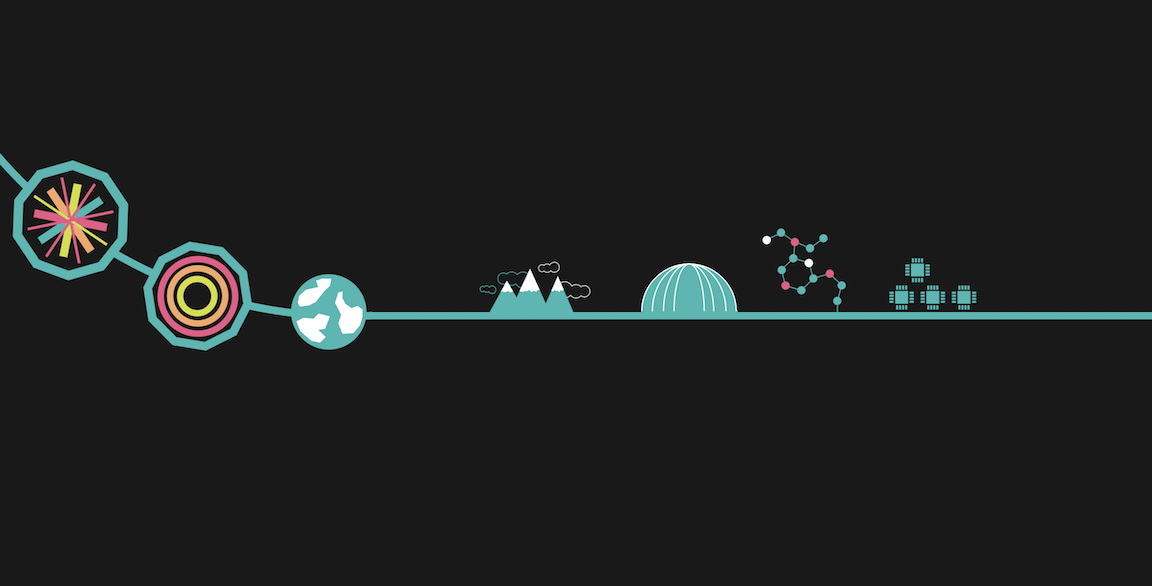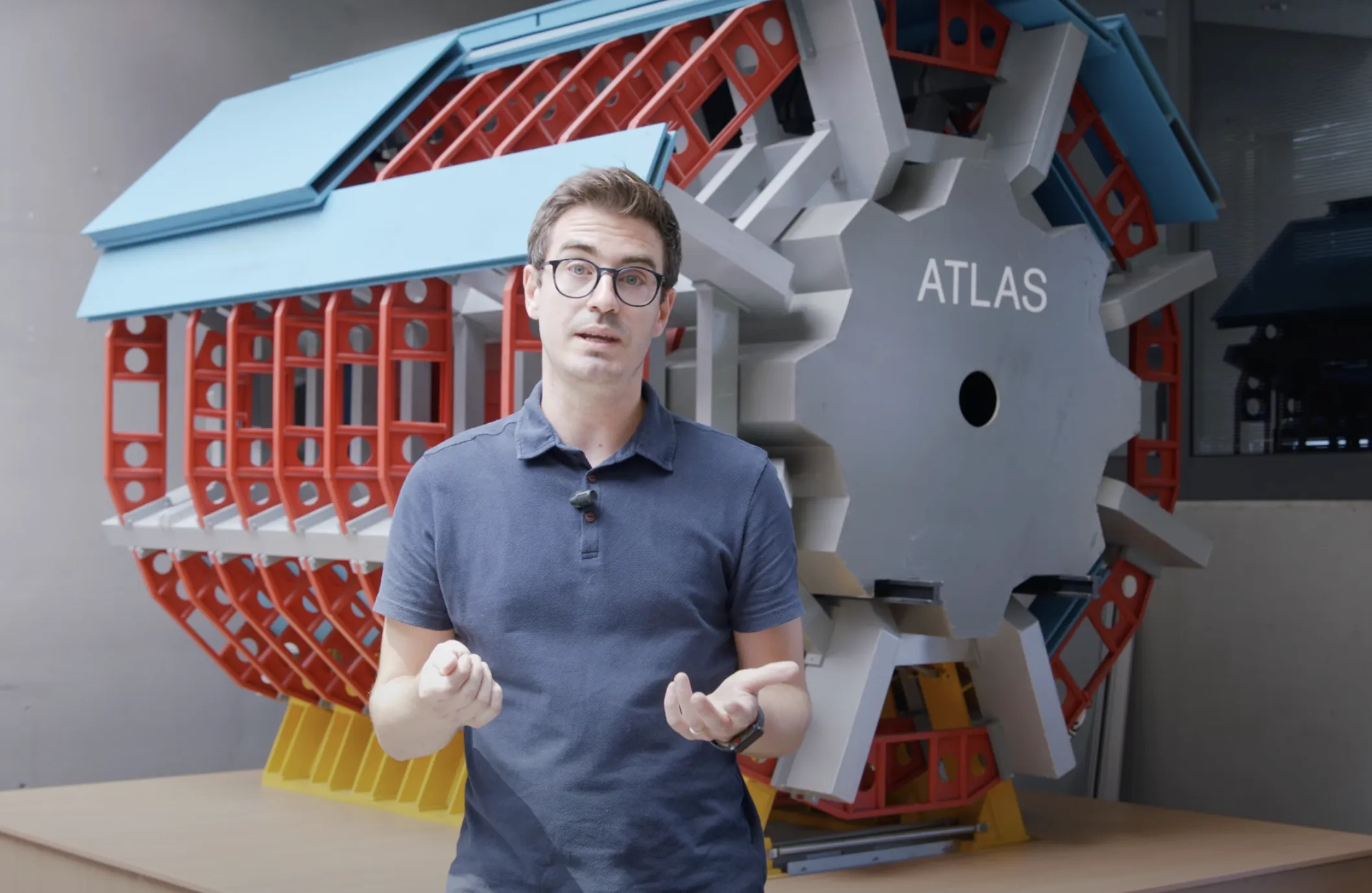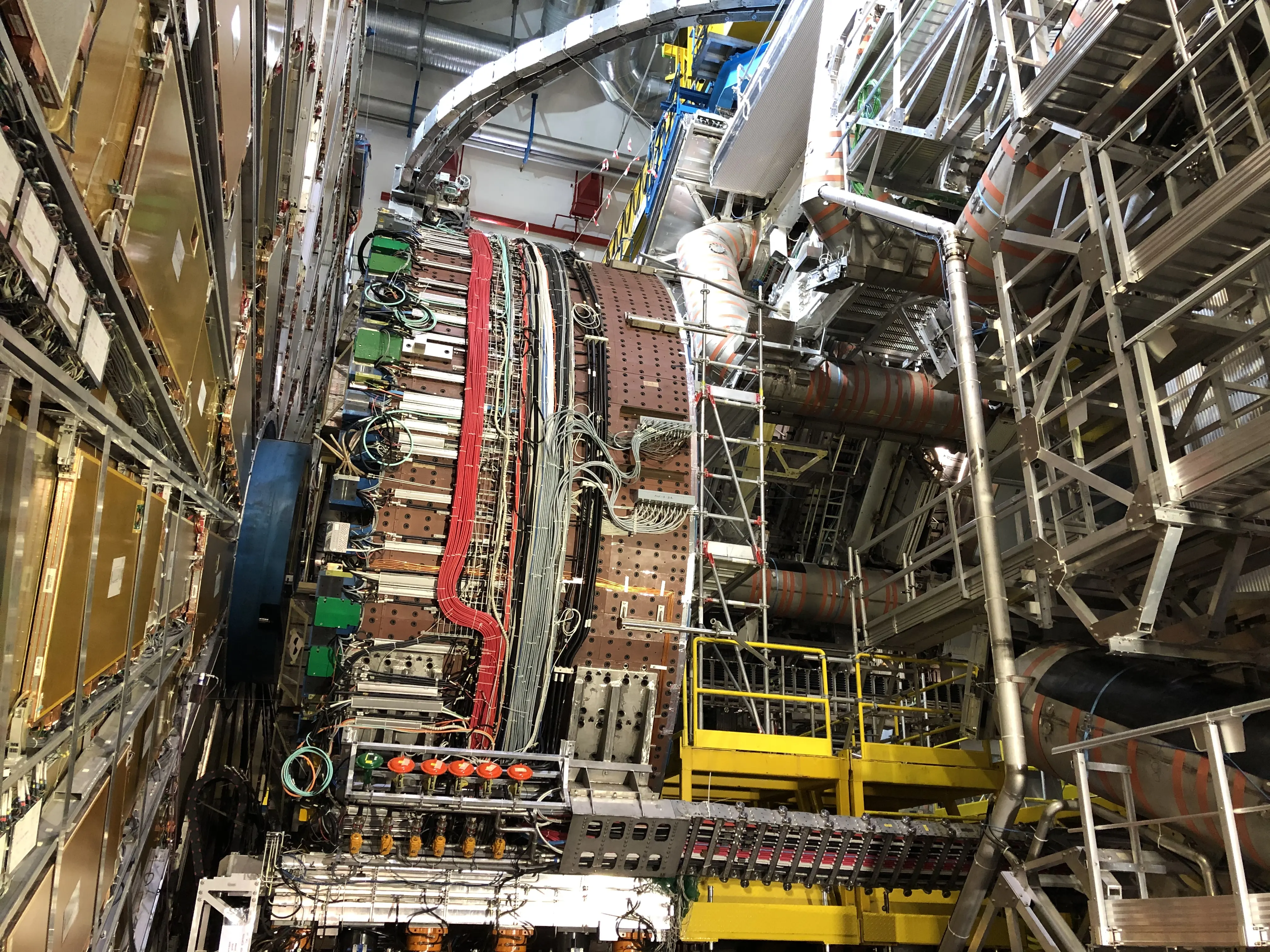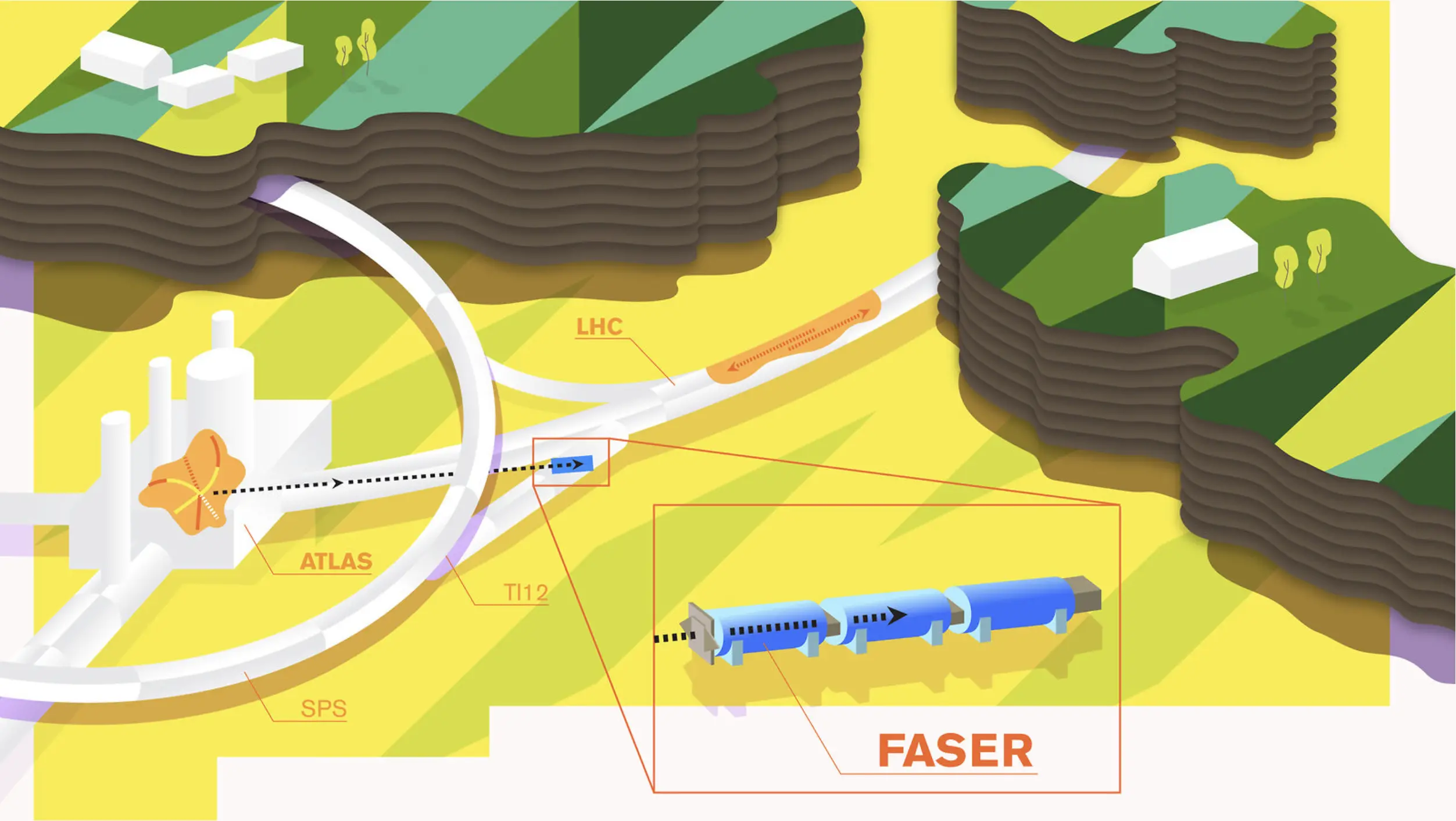HSF Monte Carlo Tuning Workshop
HSF Monte Carlo Tuning Workshop
I was one of the organisers of an online-only workshop organised through the HEP Software Foundation (HSF) on Monte Carlo (MC) Event Generator Tuning. MC event generators are the tools we use to prediction the probability and nature of particle collisions at, for example, the Large Hadron Collider. They are a key part in our search to measure fundamental particles and to look for new physics as they form the basis of the predictions which we compare our data to. But getting the MG event generators to give the best possible representation of the data requires them to be “tuned” i.e. tunable parameters which are not known a priori need to be optimised to best reproduce the data (in regions where we do not expect new physics!).
Read more


